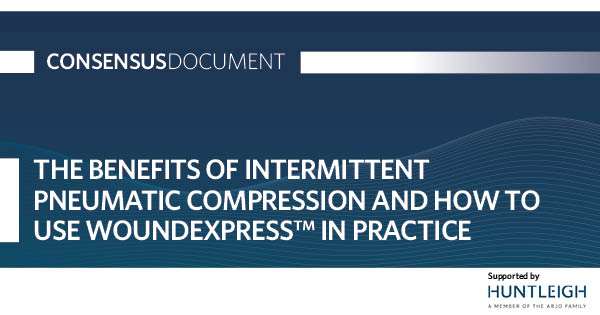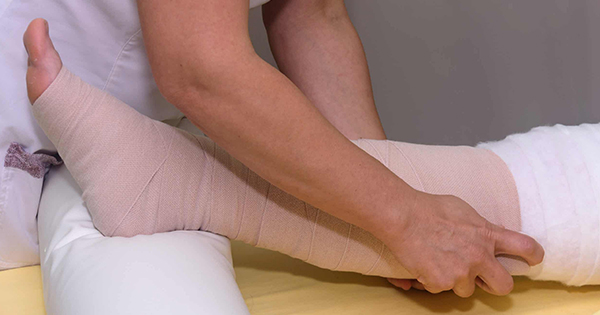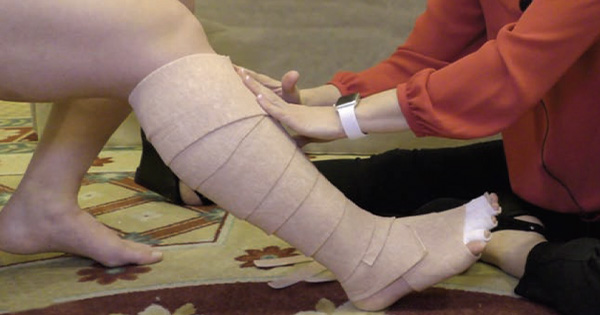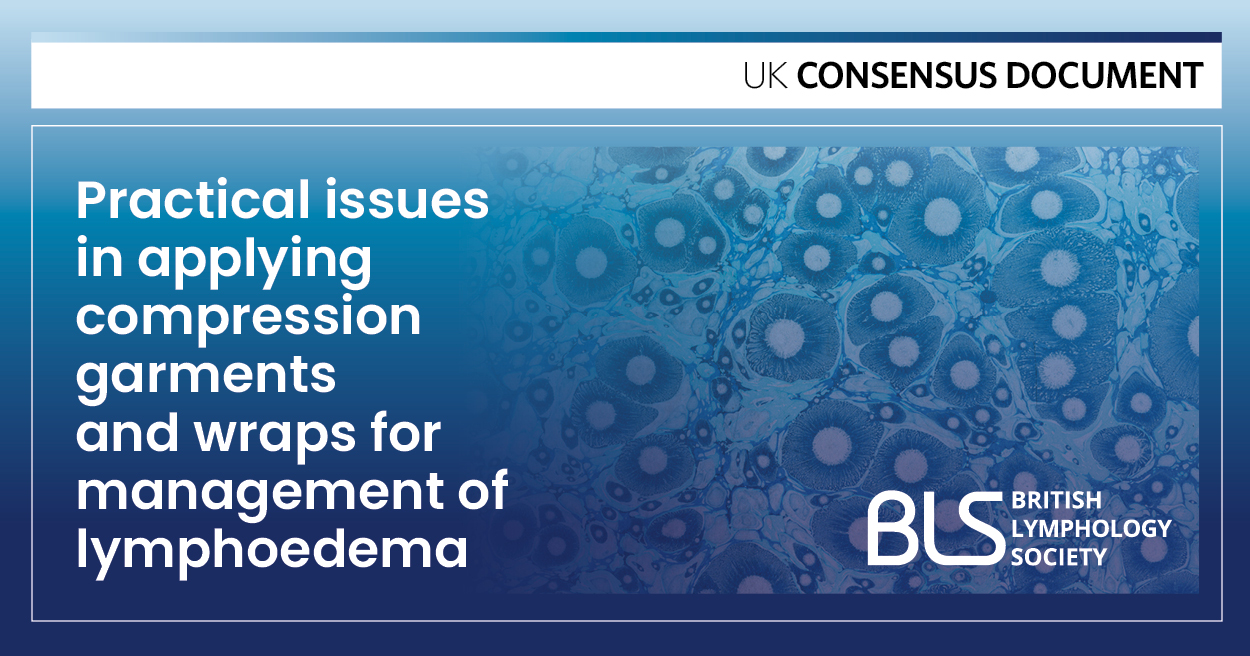In humans, the adoption of an upright posture presents challenges to the successful return of blood from the lower limb to the heart. With advancing age, and the development of venous disease, venous return can be further compromised by defects in venous valves. Postural venous hypertension develops which increases the risk of skin damage and venous ulceration. For over 2000 years, the local treatment of venous disease has been the application of compression using bandages and hosiery. Majno (1975) reported the treatment of a woman with varicose veins and an ankle wound in 220 BCE involved application of a bandage applying high compression to the wound, along with advice to avoid standing, walking or sitting down.
Sustained compression using bandages or hosiery may present challenges in both gaining and sustaining patient concordance with their use. Alternative approaches to limb compression have developed since the mid 1850s where pressure is applied for only short time periods, with rapid inflation and deflation of cuffs positioned around the limb. This approach, called intermittent pneumatic compression (IPC), is generally considered to be well tolerated by patients and provides benefits that may not be achieved using sustained compression – for example, prevention of venous stasis and formation of blood clots during surgery. Design of the inflation and deflation times of IPC devices allows ‘waves’ of compression to be applied from distal to proximal along the leg, supporting the return of venous blood to the trunk (sequential IPC).
This document presents consensus among a cohort of experienced UK clinicians around the use of IPC as a means of improving lower leg wound management, with specific emphasis upon the use of IPC applied solely to the thigh with no direct contact with lower leg wounds or their surrounding skin. The following discussion is not intended to reflect a systematic review of the effects of sustained compression, IPC and thigh-administered IPC but highlights recent and key publications to support or refute arguments offered within the text of this consensus report.







